3C + IMb = ROI
Home / 3C + IMb = ROI
In today’s challenging economy, every business seems to be focused on the bottom line. Acronyms such as EBITDA (earnings before interest depreciation and amortization), CAGR (cumulative average growth rate) and ROI (return on investment) are often used as measurement tools to determine success. What they do not reveal, though, is the formula for achieving that success.
Obtaining the maximum return on investment for mail in today’s challenging economy rests on a combination of best practices in address quality and effective mail preparation and delivery. Timely, predictable, and ultimate delivery of the mail is the goal and also the most effective way to ensure a viable future for the USPS. To that end, a new formula for success can be expressed as 3C + IMb = ROI.
An address that is complete, correct, and current is the 3C component for our formula. It implies that mailers are leveraging the latest in CASS-certified software to ensure all required elements of the address are present. Leveraging enhanced technology such as Delivery Point Validation (DPV), LACSLink (Locatable Address Conversion System) and the new SuiteLink (secondary address assignment for business addresses) provides a foundation of trusted data to ensure the address is correct. SuiteLink is currently available as an option today, but will be required by all mailers August 1, 2011.
The final C in our 3C is keeping the address current. There are multiple options today that include pre-mailing and post-mailing solutions. Services such as NCOALink (National Change of Address) and FASTforward are required to be done at least 95 days prior to the mailing to retain postage work-share discounts. Post-mailing solutions, such as ACS and endorsements are also available when combined with a pre-mailing method for ongoing Move Update compliance. With approximately 43 million change-of-addresses being filed with the USPS each year (that’s roughly 7,000 per hour!), it is essential for mailers to comply with Move Update requirements in order to ensure ultimate delivery of their mail pieces.
The 3C approach to address quality is well documented in numerous white papers and discussed with regularity at MTAC, NPF, and other venues. However, it is not just a principle for application in maintaining lists of addresses, it is also applicable anywhere data is touched, stored, or moved within an enterprise. Cleansing data before it enters the data warehouse is just as essential as cleansing it before it is rendered on a mail piece. Today’s expanded software solutions offer address quality solutions at multiple touch points, on numerous platforms, and in a variety of implementation methodologies.
The IMb component of the equation is, of course, in reference to the Intelligent Mail barcode. Here is where the tangible impact of 3C is demonstrated. An address that has followed the 3C approach is now eligible for many postage discounts. IMb also presents an important foundation for visibility, accountability, and predictability when used in conjunction with Confirm for piece tracking and ACS for Address Change Service.
The USPS recently announced that they will be extending the retirement of the Postnet barcode beyond the May 2011 date. While this may initially be perceived as a reprieve from the required Intelligent Mail barcode use, mailers should not slow down or stop implementing support for this important initiative. The USPS has been clear that IMb is important for their performance measurement initiatives; however, the IMb should not be considered a USPS only barcode. Mailers need to continue taking ownership of the IMb and make it part of their overall formula for success.
In the end, the efficacy of the mailing will likely come down to ROI. By leveraging best practices in address quality using a 3C approach coupled with the visibility and predictability of an IMb enabled mail piece, mailers stand the best chance to see that number reach its maximum potential.
This article was originally published in the March/April 2011 edition of Mailing Systems Technology.

